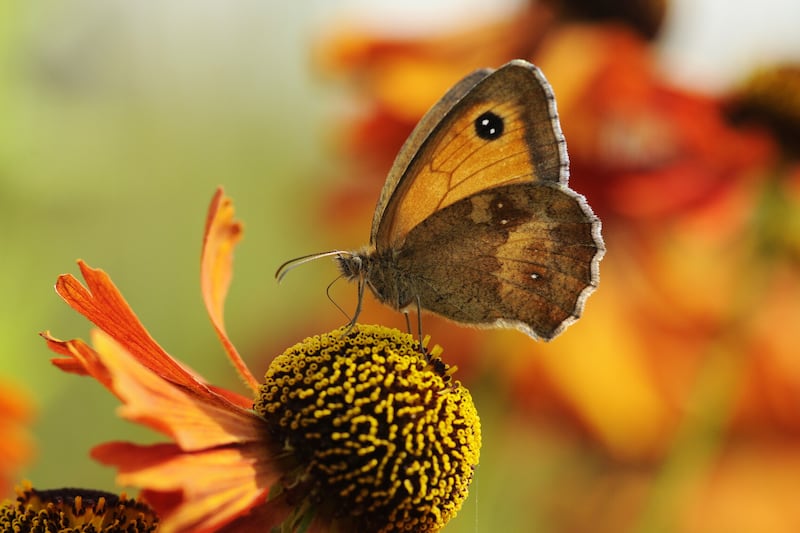A wildlife charity is appealing for the public's help to discover the effect of extreme weather on butterflies in Northern Ireland.
Butterfly Conservation is urging people to take part in this year’s 'Big Butterfly Count' to help scientists understand the impact of climate change on the north’s most-loved butterflies.
Last year’s record temperatures, heatwave and drought caused some of the plants that caterpillars feed on to wither and die.
To help scientists discover what the ongoing impact of this extreme weather has been, the public are being asked to spend 15 minutes in any sunny spot and record the number and type of butterflies they see.

Last year, people across Northern Ireland carried out 1,257 counts as part of the project, spotting 10,675 butterflies and day-flying moths.
The most commonly spotted species included Ringlet, Six-spot Burnet and Small Tortoiseshell.
Scientists need to know how these and other species are faring.
Read more:
Chris Packham urges people to join butterfly count to reveal climate impacts
People across Northern Ireland urged to join annual butterfly count
Comprehensive stock-take of butterflies finds 17 per cent decrease in abundance in NI
Butterflies are indicators of a healthy natural environment - with half of the UK’s butterfly species already threatened or near threatened with extinction, it has never been more important to understand how insects are responding to the changing climate and to take action to protect them.
Butterfly Conservation’s 'Big Butterfly Count' is the largest citizen-science project of its kind.
The charity says that as well as contributing to important scientific data collection, taking part in the count is a great way to enjoy time outdoors, connect with nature and have fun.

Dr Zoë Randle from Butterfly Conservation said this is "a vital year for the Big Butterfly Count".
"We know that the previous extreme summer droughts in 1976 and 1995 took a heavy toll on butterflies and numbers crashed the following year, taking almost a decade to recover," she said.
“The data collected in Northern Ireland during this year’s Big Butterfly Count will give us a valuable insight into what the effect of the most recent extreme weather has been, and how we might be able to better protect our beautiful butterflies.
"With climate change here to stay, we need people in Northern Ireland to take part more than ever before.”

This year’s Big Butterfly Count runs from July 14 until August 6.
For more information and to take part, visit www.bigbutterflycount.org or download the free Big Butterfly Count app.








